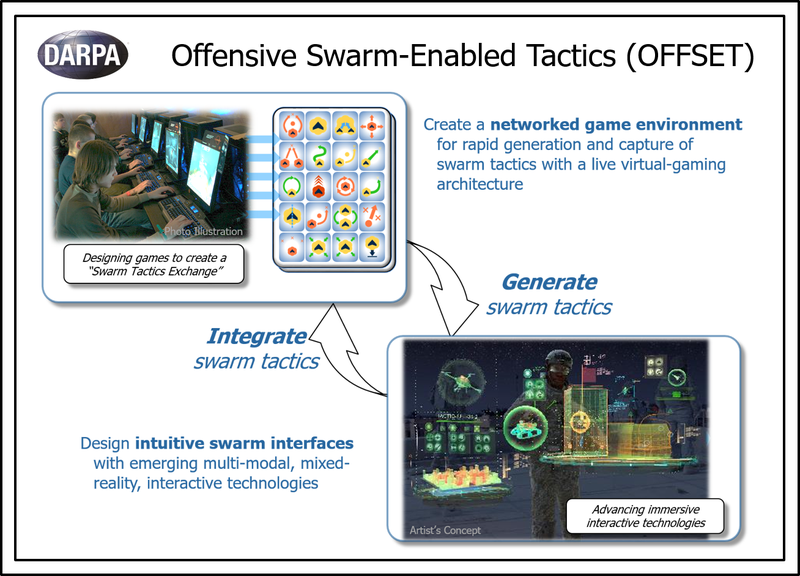


Three keys to standing up the Army’s Modernization Command [Commentary]
As the Army stands up the Modernization Command, it faces some daunting, yet addressable challenges. Here are the big obstacles they need to overcome.

Net Defense Blogs
Solving the challenges of change [Commentary]
Change is not easy and what the Army has been undertaking with its network strategy can best be described as a paradigm shift. However, wideband technology is a game changer and we should sprint forward to put this capability in the hands of the war fighter. So how and why aren’t we closer to success?

Filling the cybersecurity void
Many of those that I asked believe that new and unique approaches to cybersecurity is likely to be the dominant differentiation for new entrants in the cybersecurity field.

Outdated organizational structure?
There is little doubt that cyber impacts military strategy, policy, decision-making, training, equipment/weapons, as well as organizational operations. Given the magnitude of impact, it should be addressed organizationally.

DoD must act like a startup
Perhaps part of the answer to addressing the cyberthreat environment is for the defense and intelligence organizations and industry players to think and act like a startup.

Changing cyber access on state and local levels
Receiving sensitive and sometimes classified cyber intelligence is critical to addressing the growing cyberthreats that target state and local government systems.

Streamlining national security decisions
Will our decision-making process around national security be streamlined? If so, there must be balance between speed and making sure we are right.

Is the STEM shortage a national security issue?
Here's what I discovered after looking into the challenge involved in recruiting STEM resources.

Keeping up and getting ahead
Agility, creativity, innovation and adaptability are essential attributes for all those involved in security, defense and intelligence.

Cyber should have a place in organizational structures
There is little doubt that cyber impacts military strategy, policy, decision-making, training, equipment/weapons and organizational operations. Given the magnitude of impact, it should be organizationally addressed.

Communications: It's all about mobile data
Data must answer the call of duty.
